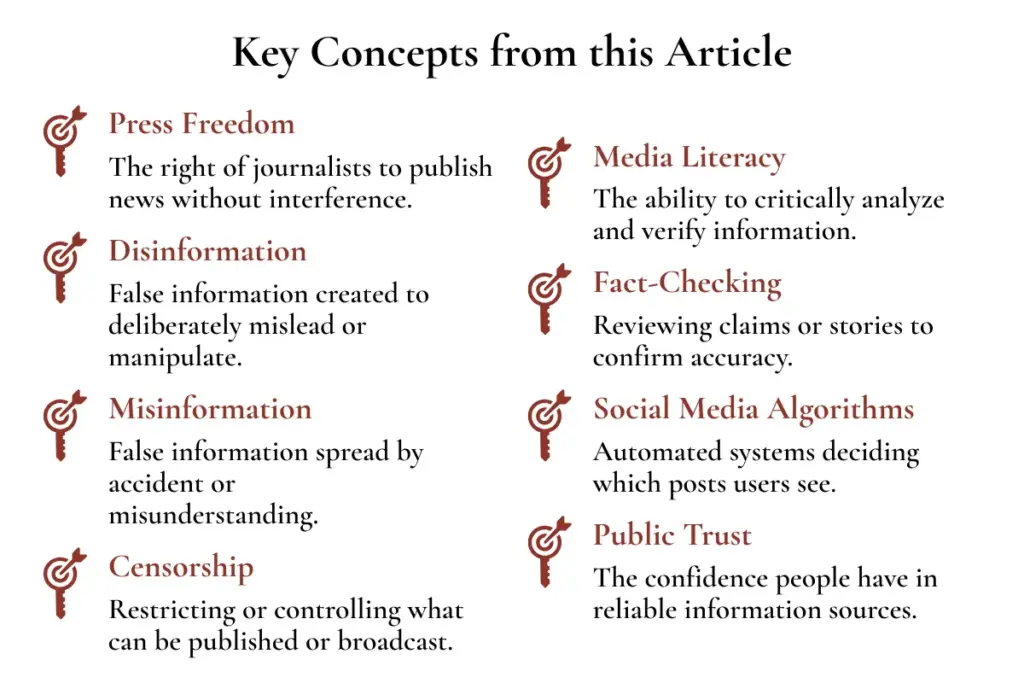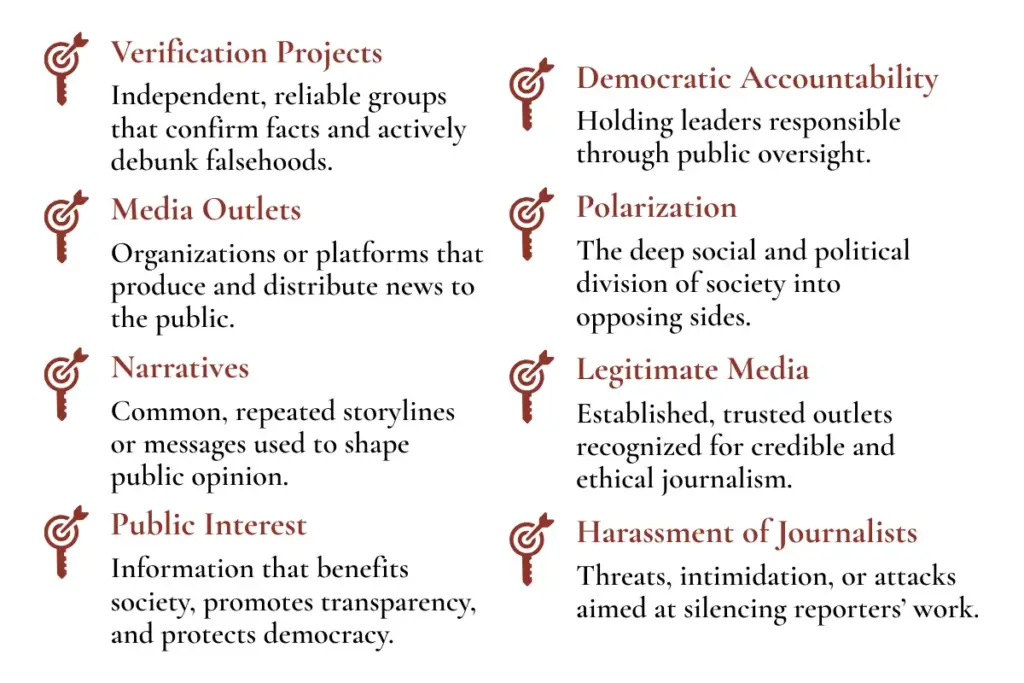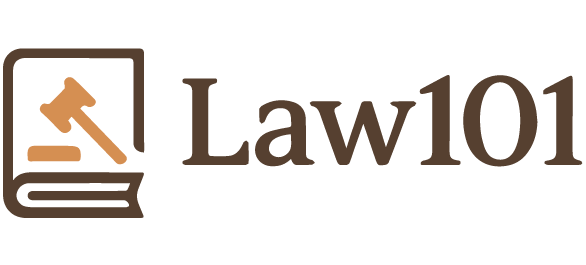Press freedom is essential for a healthy democracy. It gives journalists the right to investigate and publish information without interference, censorship, or fear of punishment. A free press ensures that the public has access to reliable information, enabling citizens to make informed choices and hold leaders accountable. However, this right is increasingly challenged by the rise of disinformation, which threatens the credibility and effectiveness of journalism.
Understanding Disinformation
Disinformation is deliberately false or misleading information spread to deceive audiences. It differs from misinformation, which is false information shared by mistake. Disinformation can take many forms—fake news articles, manipulated images, or misleading videos—and is often designed to provoke strong emotions, influence opinions, or damage reputations. The growth of digital platforms has made it easier for such content to spread quickly, often faster than accurate reporting. Social media algorithms, which prioritize engagement, can amplify these falsehoods, giving them a wider reach.
The Challenge for Journalists
Journalists today face a dual challenge: reporting the truth while actively debunking false narratives. This task is made harder when disinformation targets the press itself, painting reporters as biased or dishonest. Such attacks can reduce public trust and even put journalists in danger. In response, many news organizations partner with fact-checking initiatives and verification projects to ensure accuracy. Governments have also attempted to regulate disinformation, but these measures must be carefully balanced to avoid limiting legitimate press freedoms.
Building Resilience Through Education
One of the most effective defenses against disinformation is media literacy. Teaching people—especially young audiences—how to verify sources, recognize bias, and question information helps build resilience. Schools, NGOs, and international organizations are creating programs that give people the skills to identify credible news and reject false content. Protecting press freedom also requires defending journalists against harassment, intimidation and violence, ensuring they can do their work without fear.
Conclusion
Freedom of the press and the fight against disinformation are inseparable. Without a free press, false narratives can dominate unchecked. Without combating disinformation, press freedom loses its impact and credibility. Protecting both requires cooperation between journalists, governments, and the public, as well as a shared commitment to truth and transparency.




